APRIL GARDEN TIPS
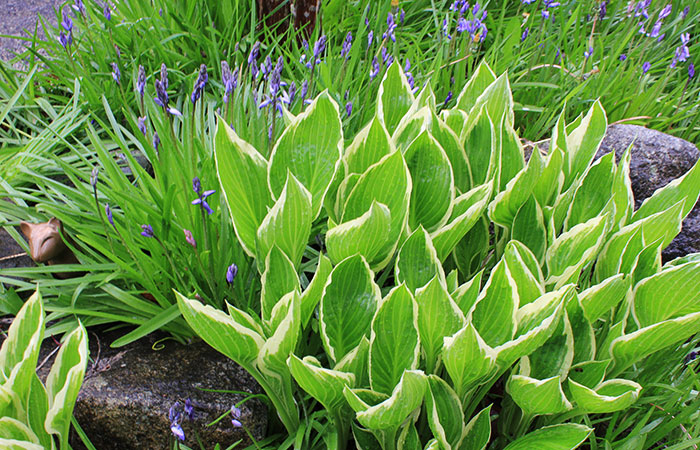
General Gardening Tips
April 15th is the Puget Sound area’s expected last frost date. If a seed package or plant tag says “plant after danger of frost has passed,” mid to late April is usually safe. Remember, though, that this can differ widely from year to year, and neighborhood to neighborhood. Seattle itself is often a little warmer than outlying areas due to the urban “heat island” effect.
Check watering systems for proper function.
Do not assume that rains will be adequate to water new plantings and vegetable gardens. Water if necessary.
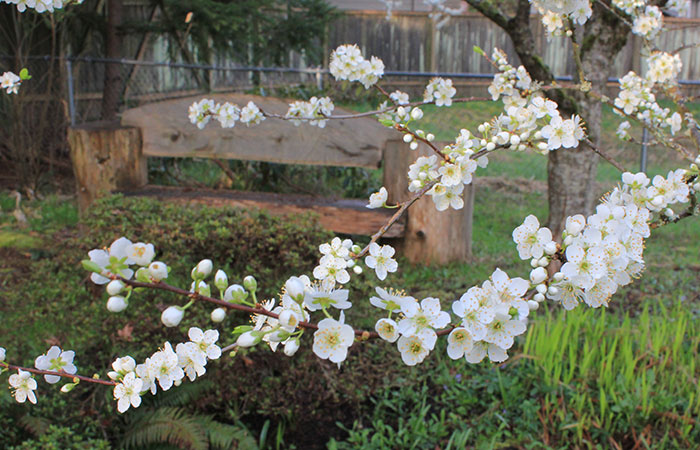
Fruits & Berries
Prune Asian pears as the weather dries.
Do not spray any insecticides, even organic ones, on fruit trees or berries in bloom. If disease problems require a fungicide treatment, use the least-toxic product and spray at dusk or very early morning to reduce impact on pollinators.
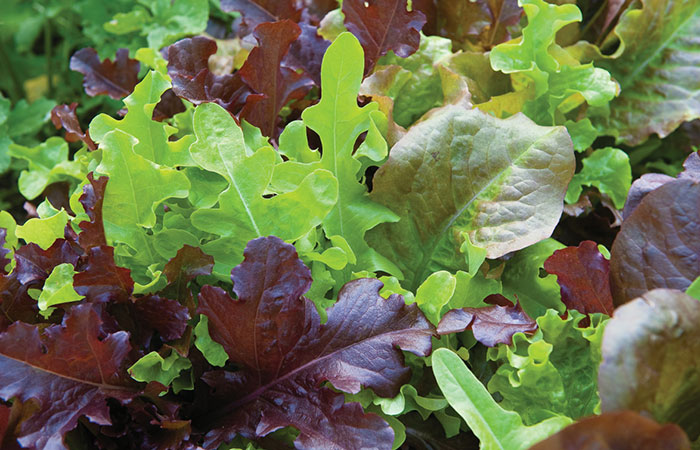
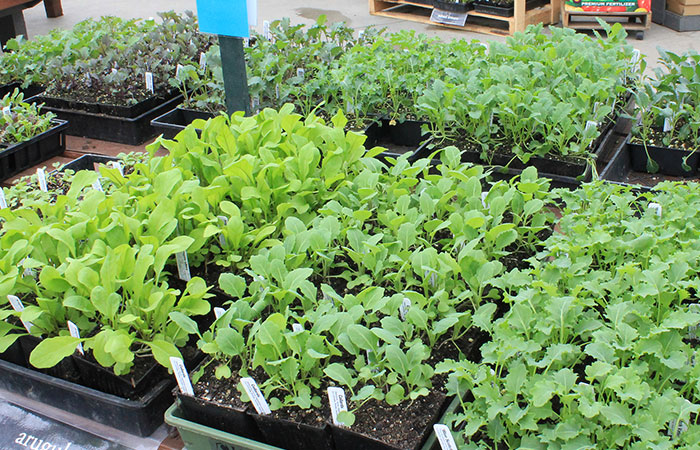
Vegetables & Herbs
If you didn’t get your vegetable garden ready in March, do so now! Weed, add organic fertilizer, lime, and compost to beds and till or spade it in. Refresh containers by adding new potting mix if needed and amending with organic fertilizer.
All of your salad greens, root vegetables including potatoes, onion and cabbage family vegetables may be planted from either starts or seeds as the soil warms. Peas may still be planted. Wait to plant the warm weather lovers such as beans and corn.
Sky has a great selection of edibles to jump start your harvest, including Walla Walla onion starts, tables of assorted salad greens, seed potatoes, and herbs.
If you want to start your own basil, cucumbers, squash, pumpkins, zucchini, or melons indoors, late April is the time! Try starting these delicate plants in large peat pots so that they can be transplanted without disturbing the roots.
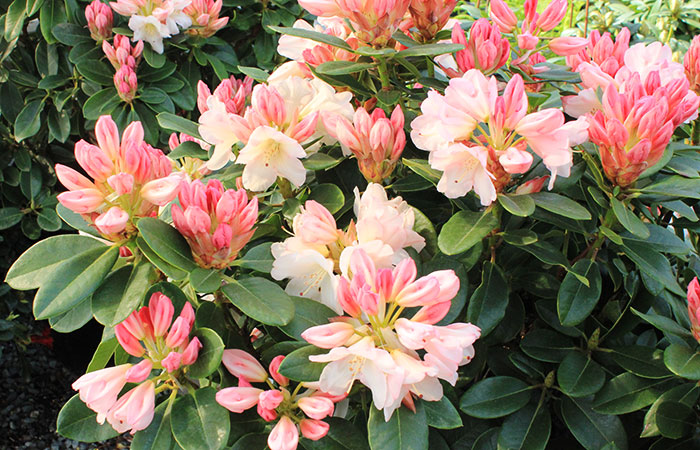
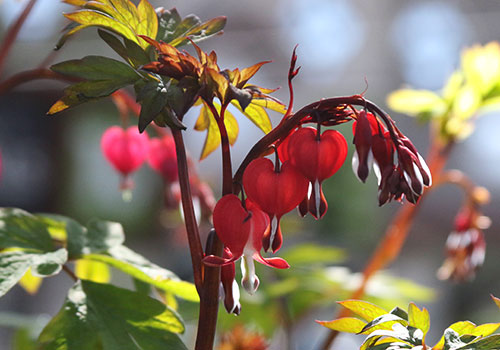
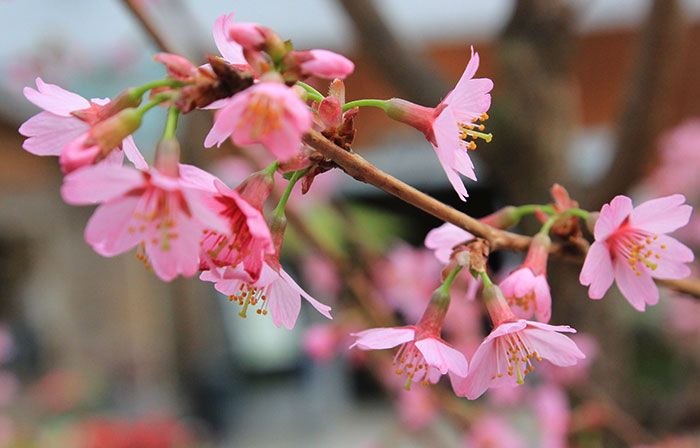
Ornamental Gardening
April and May are the height of the rhododendron bloom here in the Seattle area, and Sky has a great selection.
Time to clean up flowerbeds. If you have any perennials that you didn’t cut back last fall and that are looking ragged, cut them back to encourage fresh new growth. Pull out any winter annuals that are on their way out. Cut off the flower stalks on spring bulbs that are done blooming but leave the foliage to store energy for next year’s flowers. Most of all, weed! Then give your beds a feeding with a good organic fertilizer and put down a nice layer of mulch to hold down the weeds and hold in the nutrients and soil moisture.
April is the best time to find and plant all your favorite spring and summer perennials for long term beauty, plus we have a super selection of annuals for instant color and texture. Check out the spring ephemerals, available only this time of year!
For immediate color and fragrance, plant blooming annuals such as alyssum, lobelia, snapdragons, and more.
Roses
By now your existing roses should be growing actively after their March pruning. If you didn’t apply a good organic fertilizer in March, do so now. If you see any leaves with black spot or powdery mildew, pick them off before the fungus can spread.
Containers
Now is the time to plant up your containers for their spring and summer show! Remember that the real summer-lovers can’t go outside yet, but we do have the little starter plants of fuchsias and ivy geraniums for those who want to plant up their own baskets and who have a sunroom or greenhouse to keep them until nighttime temperatures stay above 45°F.

Lawn Care
Now is a good time to overseed lawns: Treat for moss first, if needed, and pull any weeds. Mow short (1- 1 ½”, whereas the mow height we normally recommend is 2-3”). Top dress with about ½” of composted organic matter, overseed, rake the seed lightly into the compost, and water.
See our Lawn Planting & Maintenance information sheet for help with specific problems; but our experience is that regular organic feeding, adding lime yearly, and proper watering will enable grass to outgrow most problems. Please come in or contact us with any lawn questions you may have.
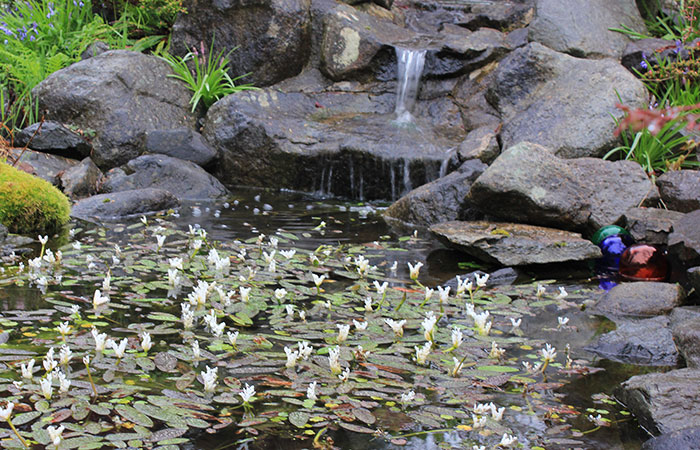
Water Plants
If you haven’t been cleaning the debris out of your pond, do it now BEFORE the algae explodes. Skim out major debris, check the pads on skimmers and filters (flush or replace as necessary) and bring filters back online if you shut them down for the winters. PLEASE RESIST THE TEMPTATION TO EMPTY AND SCRUB YOUR POND. A healthy pond, unlike a swimming pool, should have a slimy coating on its sides and bottom.
If you have fish, April is a good time to establish the habit of checking your pond chemistry. Check your pond’s salt and carbonate hardness levels. Salt helps maintain the healthy slime coat on your fish and helps balance the overall electrolyte levels. Carbonate hardness (Kh) helps to maintain your pond’s chemical balance.
Your fish should be getting more active. Pond temperatures should be above 50°F before you begin feeding your fish, and even then you should start slowly, with frequent small feedings of a low-protein food. When the fish start nibbling aggressively at your pond’s natural algae coat, it’s a good time to start feeding.
Fountains and pondless water features don’t require such extensive care; clean them with a cloth (no detergent) if needed, and check the pump.
Pond plants will start arriving at the end of the month, depending on the weather. Follow us on Facebook for earliest notification of new arrivals, or check with the nursery by phone or email..
